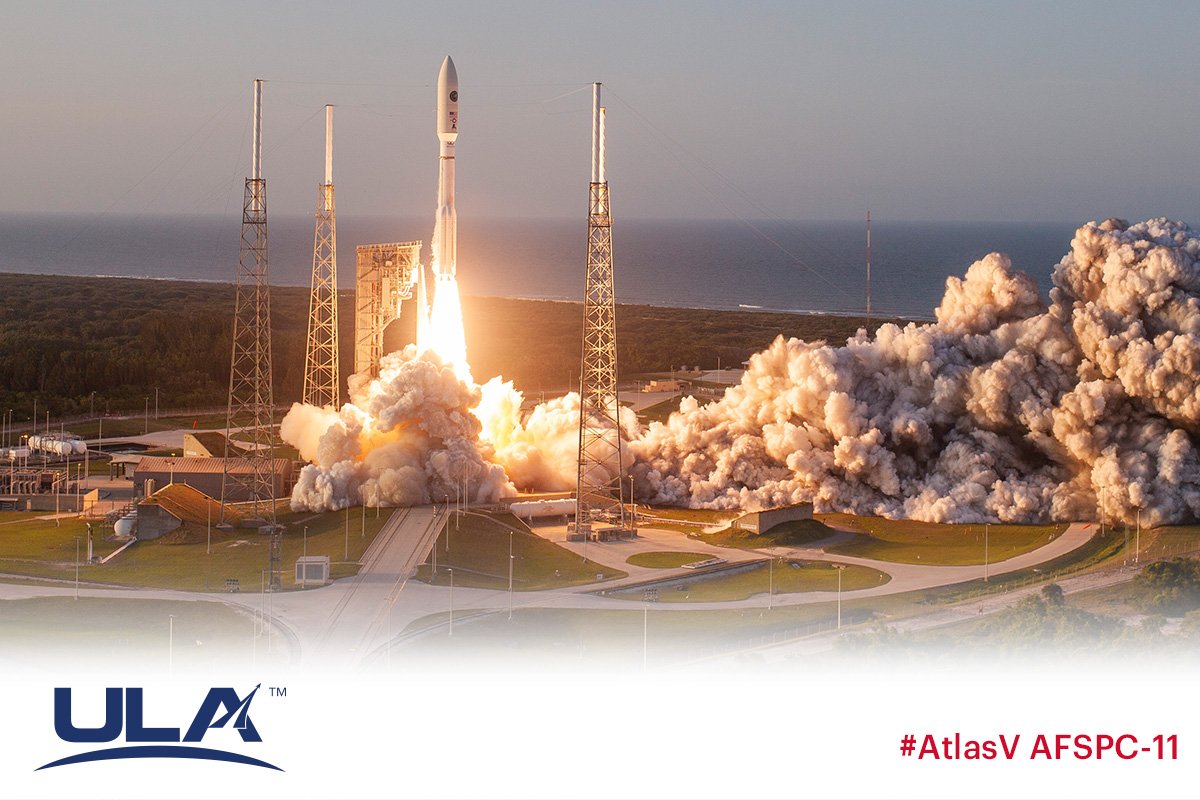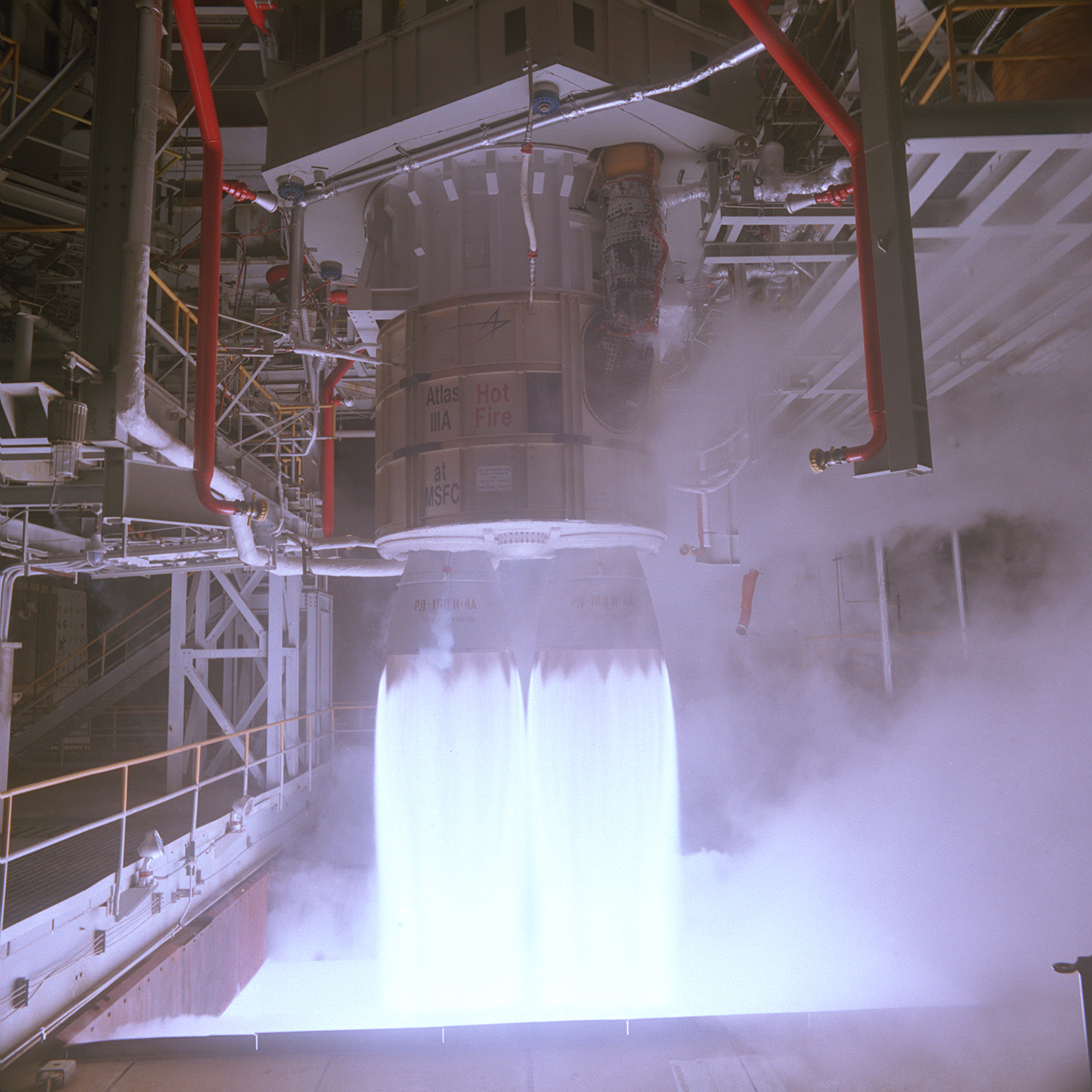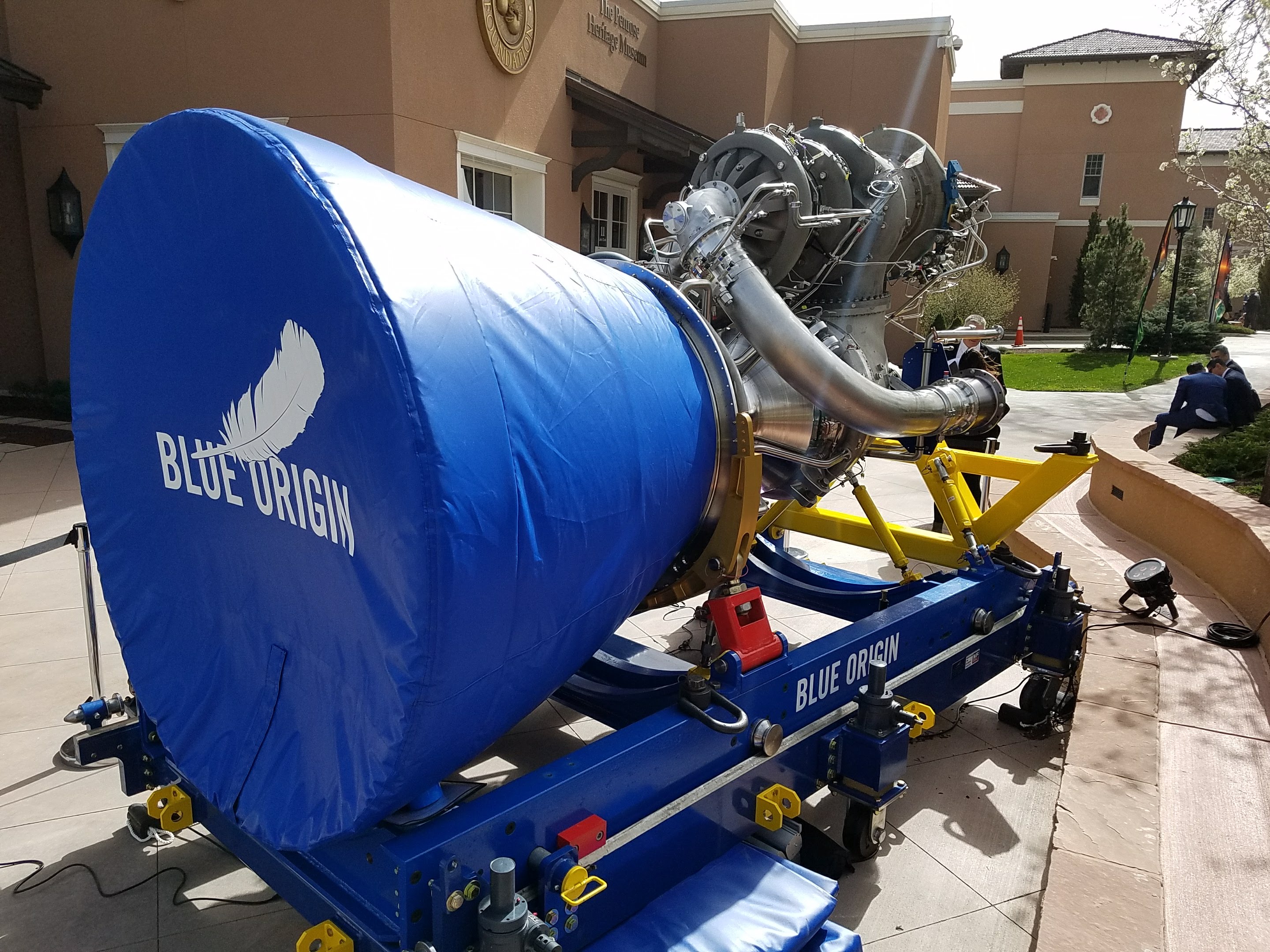Sanctions-hit Russia has hit back at the US. In what could be a big blow to the American military-space program, Russia has decided to stop supplying rocket engines to the country.
“In a situation like this, we can’t supply the United States with our world’s best rocket engines. Let them fly on something else, their broomsticks, I don’t know what,” Dmitry Rogozin, the head of Russian space agency Roscosmos, has told the state media.
The Russian move is clearly in retaliation for the severe sanctions imposed on Moscow in the wake of the Ukraine invasion.
What It Means For America’s Security
Russia has been the supplier of RD-180 engines, which power the Atlas V rocket, a launch vehicle for vital American security satellites. In January this year, an Atlas V rocket carrying two spy satellites under the US Space Force’s so-called “neighborhood watch” program lifted off from Cape Canaveral. Besides, NASA uses the same rocket to launch its space assets.
This indicates the importance of RD-180 engines in the US security architecture. Nevertheless, this is not the first time Dmitry Rogozin has threatened to stop exports of the RD-180 engine to the US.

Previously, he aired a similar threat on Twitter on May 13, 2014, saying, “Russia is ready to continue deliveries of RD-180 engines to the US only under the guarantee that they won’t be used in the interests of the Pentagon”.
In 2014, the US and NATO members had imposed sanctions on Russia following its annexation of Crimea in eastern Ukraine.
The Russian-made and designed RD-180 engine is used for the first stage of the American Atlas V launch vehicle. The RD-180 is derived from the RD-170/RD-171 line of rocket engines, which were used in the Soviet Energia launch vehicles.
The current version of the RD-180 flies at 100% of its thrust capacity and has slightly higher chamber pressures than its predecessor engine. It is built from 70% similar components. The other roughly 30% is scaled versions of the RD-170 components.
#ICYMI: Watch as Col Erin Gulden, USSF and 2Lt Charlie Ciuk, USSF deliver remarks to the launch team during the #AtlasV #USSF8 mission. ULA is proud to launch the #USSF8 mission on #AtlasV in support of national security! #PartnersInSpace @SpaceForceDoD https://t.co/pq0hhZw2z3
— ULA (@ulalaunch) January 25, 2022
During the early 1990s, General Dynamics Space Systems Division (later purchased by Lockheed Martin) acquired the rights to use the RD-180 in the US Air Force’s Evolved Expendable Launch Vehicle (EELV) and the Atlas program because they provided “a dramatic performance increase over available US rocket technology”.
As these programs were conceived to support US government launches, as well as commercial launches, it was decided to sell RD-180 engines by a joint venture between the Russian manufacturer NPO Energomash and Pratt & Whitney, called RD Amross.
It gives Pratt & Whitney the license to build RD-180 engines in the United States, but it has worked out significantly less expensive to just buy them all from Russia. Since then, the RD-180 engine has been a remarkable success and a reliable workhorse for the Atlas launch vehicle.
USAF Plays Down Threat
US Air Force Secretary Frank Kendall, while denying any implication it would have on America’s security, said “Russia’s decision to stop supplying rocket engines to the United States in retaliation for sanctions against Russia over the invasion of Ukraine will not affect our national security.”

Similar views are expressed by United Launch Alliance (ULA), a joint venture between Boeing and Lockheed Martin to run the EELV program. ULA said it has all the engines which are needed to complete the remaining 24 launches of the Atlas V scheduled between now and 2025, and the engines are stored in the United States. In a sarcastic manner, Jeff Foust, senior writer of SpaceNews tweeted, “The brooms are working.”
But some experts believe that Russia’s move may affect Northrop Grumman’s rocket that flies missions for NASA. Rogozin said he would cut off the supply of the RD-181 engines used in Northrop Grumman’s Antares rocket, which is used to launch cargo resupply missions to the International Space Station.
Does US Have Any Back-Up Plan?
Since Russia’s annexation of Crimea, the use of Russian-made RD-180 engines to propel Atlas V rockets has come under severe criticism from lawmakers.
The US Congress even passed the National Defense Authorization Act that had banned the Pentagon from awarding future rocket launch contracts to firms using Russian engines and it called on the secretary of defense to develop “a next-generation” rocket engine by 2019 that would be “made in the United States,” as reported by Los Angeles Times.
United Launch Alliance (ULA) and Jeff Bezos’ Blue Origin had even announced that the BE-4 rocket engine, produced by Blue Origin LLC, will be developed further to replace the RD-180, though Blue Origin has yet to deliver its first BE-4 rocket engine. BE-4 is considered the most powerful liquefied natural gas (LNG) fueled rocket engine ever developed. Using an oxygen-rich staged combustion cycle, BE-4 is capable of producing 2,400 kN (550,000 lbf) thrust with deep throttle capability.

BE-4 uses LNG over Kerosene, which is used in the Russian-made RD-180 engine due to its high efficiency, affordability and wide availability. Unlike kerosene, LNG can be used to self-pressurize its tank. Known as autogenous re-pressurization, this eliminates the need for costly and complex systems that draw on Earth’s scarce helium reserves. LNG also possesses clean combustion characteristics even at low throttle, simplifying engine reuse compared to kerosene fuels.
Apart from Blue Origin, Elon Musk-owned SpaceX has made significant strides in helping the US end its reliance on Russia. In a series of tweets in 2019, the SpaceX founder announced that the raptor engine achieved the power level needed for Starship & Super Heavy.
His tweet further claimed, the raptor reached 268.9 bar, exceeding the previous record held by Russian RD-180. The engine is powered by cryogenic liquid methane and liquid methane (“methalox”).
Space Cooperation At Risk
Escalating tension between the US-led West and Russia over the Ukraine crisis has threatened to derail their cooperation in space programs. Russia has announced either to reduce or cut off its cooperation and agreements with US and EU in the field of space in the past few days, seen by many as a retaliatory move.
The Russians have terminated commercial Soyuz launch operations at the European Space Agency’s launch site in Kourou, French Guiana and while the space station continues to operate in near-normal fashion for now.
Russia’s move may not have any significant impact on the US’s national security but it will definitely derail the momentum of cooperation between the two countries in the space sector, as experts have pointed out.
- The author can be reached at: editor.eurasiantimes@gmail.com
- Follow EurAsian Times on Google News




